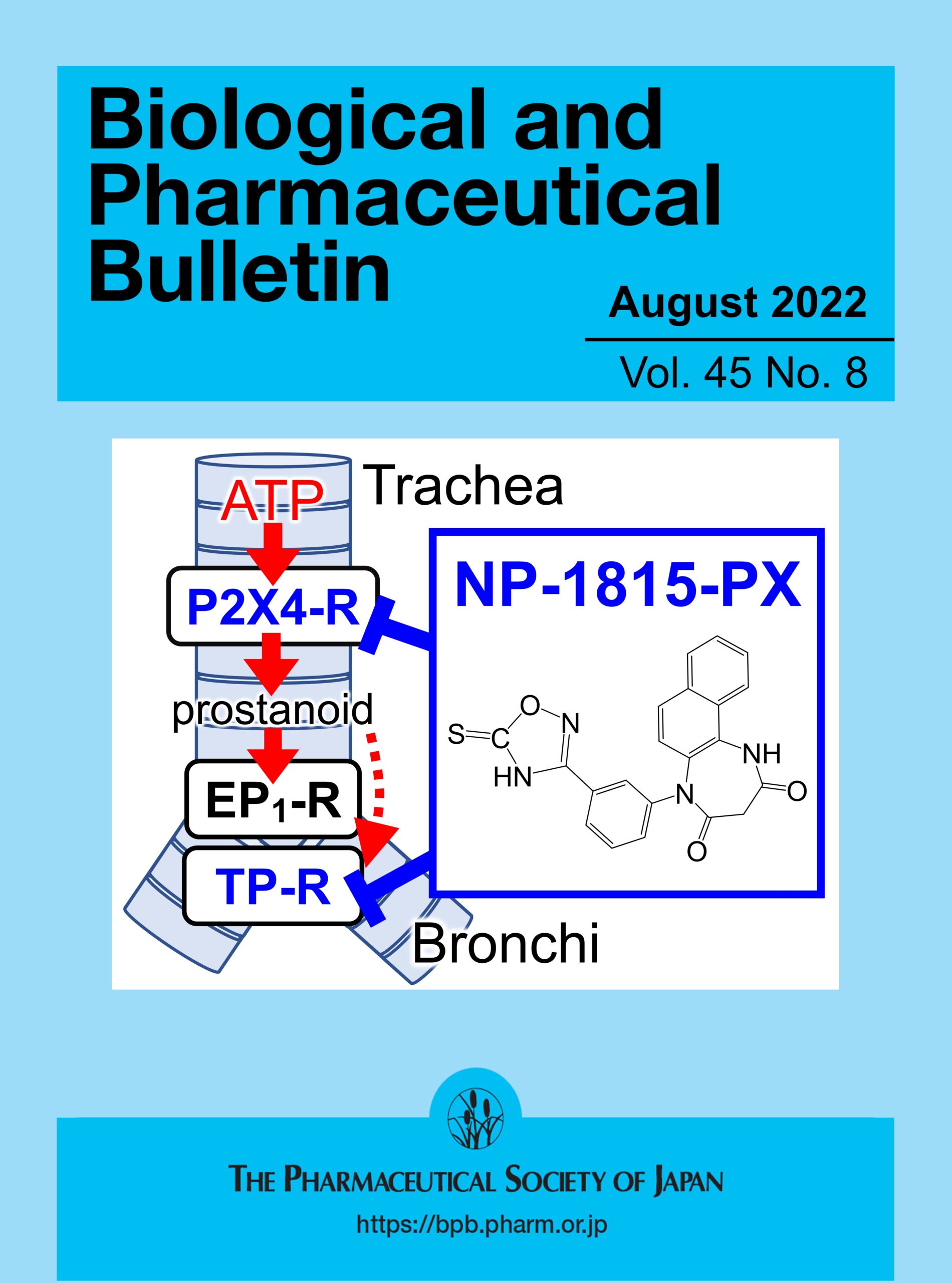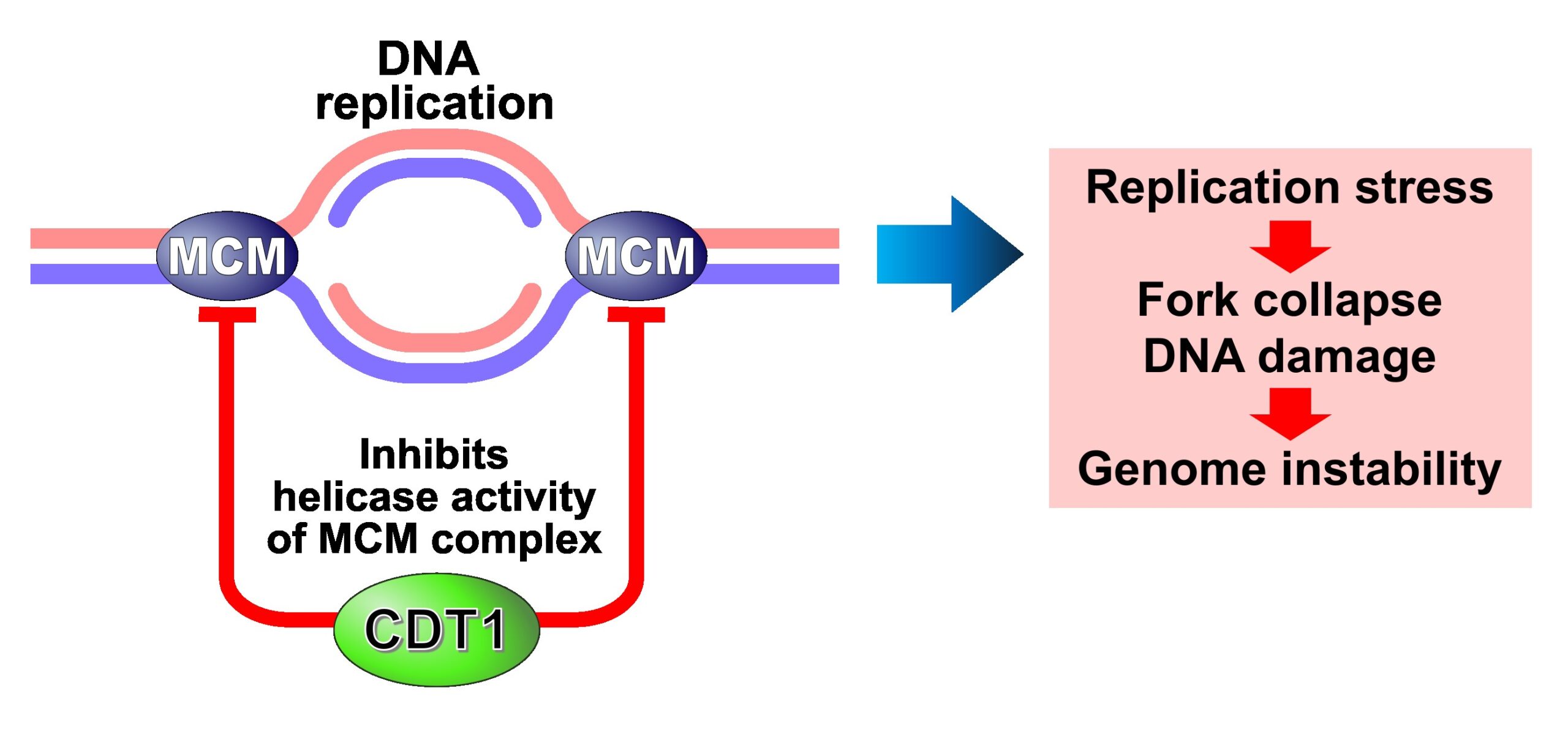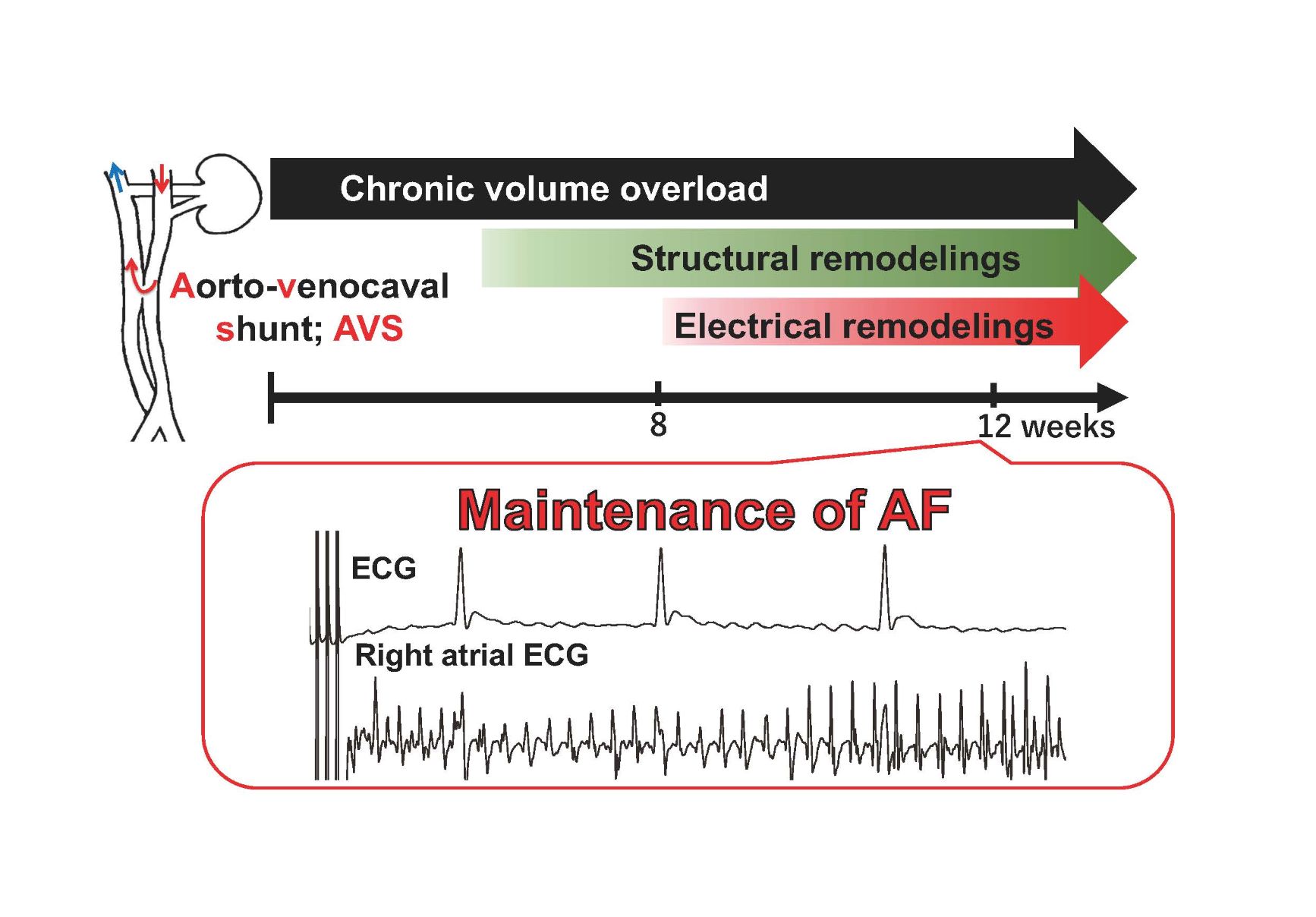August 2, 2022
NP-1815-PX, a P2X4 receptor antagonist, potently suppresses tracheal and bronchial smooth muscle contractions
NP-1815-PX may be a new therapeutic for bronchial asthma


Key points:
- A P2X4 receptor antagonist improves asthma symptoms in asthma model mice by suppressing excessive immunity. However, the effects of P2X4 receptor antagonists on tracheal and bronchial smooth muscle contractions have not been investigated.
- This study reveals that NP-1815-PX, a P2X4 receptor antagonist, potently suppresses tracheal/bronchial smooth muscle contractions mediated through the TP receptor, in addition to the P2X4 receptor, whose stimulation mainly induces prostanoid EP1 receptor-related mechanisms.
- These results suggest that NP-1815-PX is expected to exert therapeutic effects on asthma by suppressing the hypercontraction of the trachea and bronchi induced by thromboxane (TX) A2 in addition to suppression of the hypercontraction induced by ATP (adenosine triphosphate).
Summary:
The P2X4 receptor is an ionotropic ATP receptor that is widely expressed in central and peripheral nerves. The activation of P2X4 receptors may be involved in multiple pathologies such as airway inflammation in asthma, neuropathic pain, post-ischemic inflammation, rheumatoid arthritis, neurodegenerative diseases, and metabolic syndrome. The P2X4 receptor activation also enhances the immune system in airway mucus, leading to tracheal inflammation and bronchial hypersensitivity. For example, 1) the expression levels of P2X4 receptor messenger RNA (mRNA) in bronchoalveolar lavage fluid (BALF), blood monocytes, and blood neutrophils in human asthma patients were reported to be higher than those in normal patients, and 2) the ATP concentration in BALF was reported to increase when mild allergic asthma patients were sensitized to allergen. In addition, the administration of a P2X4 receptor antagonist was reported to suppress the activation of immune cells and improve asthma symptoms in asthma model mice. Therefore, P2X4 receptor antagonists may improve bronchial asthma through excessive immunosuppressive effects. ATP is also known to contract tracheal and bronchial smooth muscles and to be a bronchospasm contributor. However, the effects of P2X4 receptor antagonists on ATP-induced tracheal and bronchial smooth muscle contractions have not been investigated. A research group led by Professor Yoshio Tanaka, Lecturer Keisuke Obara, and Assistant Professor Kento Yoshioka of the Department of Chemical Pharmacology, Faculty of Pharmaceutical Sciences, Toho University, investigated the effect of NP-1815-PX, a P2X4 receptor antagonist, on ATP-induced tracheal smooth muscle contractions, and the mechanism of these ATP-induced contractions. Furthermore, the group also investigated the pharmacological effects of NP-1815-PX on tracheal and bronchial smooth muscle other than P2X4 receptor antagonism. The group found that NP-1815-PX, a P2X4 receptor antagonist, potently suppresses tracheal/bronchial smooth muscle contractions mediated through the TP receptor, in addition to the P2X4 receptor, whose stimulation mainly induces prostanoid EP1 receptor-related mechanisms. These findings suggest that NP-1815-PX is expected to exert therapeutic effects on asthma by suppressing the hypercontraction of the trachea and bronchi induced by TXA2 in addition to suppression of the hypercontraction induced by ATP.
*1 NP-1815-PX
A selective P2X4 receptor antagonist developed and owned by Nippon Chemiphar Co., Ltd. In this study, NP-1815 PX was kindly provided by Nippon Chemiphar Co., Ltd.
*2 Prostanoid TP receptor
Prostanoid receptor with high affinity for TXA2. The production of TXA2 is reported to be increased in patients with asthma and during asthma attacks.
*3 Prostanoid EP1 receptor
Prostanoid receptor with high affinity for prostaglandin (PG) E2, which increases during inflammation.
The P2X4 receptor is an ionotropic ATP receptor that is widely expressed in central and peripheral nerves. The activation of P2X4 receptors may be involved in multiple pathologies such as airway inflammation in asthma, neuropathic pain, post-ischemic inflammation, rheumatoid arthritis, neurodegenerative diseases, and metabolic syndrome. The P2X4 receptor activation also enhances the immune system in airway mucus, leading to tracheal inflammation and bronchial hypersensitivity. For example, 1) the expression levels of P2X4 receptor messenger RNA (mRNA) in bronchoalveolar lavage fluid (BALF), blood monocytes, and blood neutrophils in human asthma patients were reported to be higher than those in normal patients, and 2) the ATP concentration in BALF was reported to increase when mild allergic asthma patients were sensitized to allergen. In addition, the administration of a P2X4 receptor antagonist was reported to suppress the activation of immune cells and improve asthma symptoms in asthma model mice. Therefore, P2X4 receptor antagonists may improve bronchial asthma through excessive immunosuppressive effects. ATP is also known to contract tracheal and bronchial smooth muscles and to be a bronchospasm contributor. However, the effects of P2X4 receptor antagonists on ATP-induced tracheal and bronchial smooth muscle contractions have not been investigated. A research group led by Professor Yoshio Tanaka, Lecturer Keisuke Obara, and Assistant Professor Kento Yoshioka of the Department of Chemical Pharmacology, Faculty of Pharmaceutical Sciences, Toho University, investigated the effect of NP-1815-PX, a P2X4 receptor antagonist, on ATP-induced tracheal smooth muscle contractions, and the mechanism of these ATP-induced contractions. Furthermore, the group also investigated the pharmacological effects of NP-1815-PX on tracheal and bronchial smooth muscle other than P2X4 receptor antagonism. The group found that NP-1815-PX, a P2X4 receptor antagonist, potently suppresses tracheal/bronchial smooth muscle contractions mediated through the TP receptor, in addition to the P2X4 receptor, whose stimulation mainly induces prostanoid EP1 receptor-related mechanisms. These findings suggest that NP-1815-PX is expected to exert therapeutic effects on asthma by suppressing the hypercontraction of the trachea and bronchi induced by TXA2 in addition to suppression of the hypercontraction induced by ATP.
*1 NP-1815-PX
A selective P2X4 receptor antagonist developed and owned by Nippon Chemiphar Co., Ltd. In this study, NP-1815 PX was kindly provided by Nippon Chemiphar Co., Ltd.
*2 Prostanoid TP receptor
Prostanoid receptor with high affinity for TXA2. The production of TXA2 is reported to be increased in patients with asthma and during asthma attacks.
*3 Prostanoid EP1 receptor
Prostanoid receptor with high affinity for prostaglandin (PG) E2, which increases during inflammation.
Journal
Biological and Pharmaceutical Bulletin Vol. 45, No. 8, 1158–1165 (August 1st, 2022)
Title
Effects of NP-1815-PX, a P2X4 receptor antagonist, on contractions in guinea pig tracheal and bronchial smooth muscles
Authors
Keisuke Obara, Rikako Inaba, Mirai Kawakita, Azusa Murata, Kento Yoshioka, Yoshio Tanaka
DOI Number
10.1248/bpb.b22-00234
Biological and Pharmaceutical Bulletin Vol. 45, No. 8, 1158–1165 (August 1st, 2022)
Title
Effects of NP-1815-PX, a P2X4 receptor antagonist, on contractions in guinea pig tracheal and bronchial smooth muscles
Authors
Keisuke Obara, Rikako Inaba, Mirai Kawakita, Azusa Murata, Kento Yoshioka, Yoshio Tanaka
DOI Number
10.1248/bpb.b22-00234

The cover image of Biol. Pharm. Bull. Vol. 45 No. 8. Copyright [2022] The Pharmaceutical Society of Japan
READ MORE RESEARCH NEWS - PHARMACEUTICAL SCIENCES
ACADEMICS
Undergraduate Programs
– Medicine
– Pharmaceutical Sciences
– Science
– Nursing
– Health Science
Graduate Programs
–Medicine
–Pharmaceutical Sciences
–Science
–Nursing
Undergraduate Programs
– Medicine
– Pharmaceutical Sciences
– Science
– Nursing
– Health Science
Graduate Programs
–Medicine
–Pharmaceutical Sciences
–Science
–Nursing
RESEARCH
– News
– Guidelines & Policies
– Support Offices
– Facilities
– Security Export Control
Non-Degree Programs
– Clinical Elective Program
– International Physician Observership Program



.jpg)
